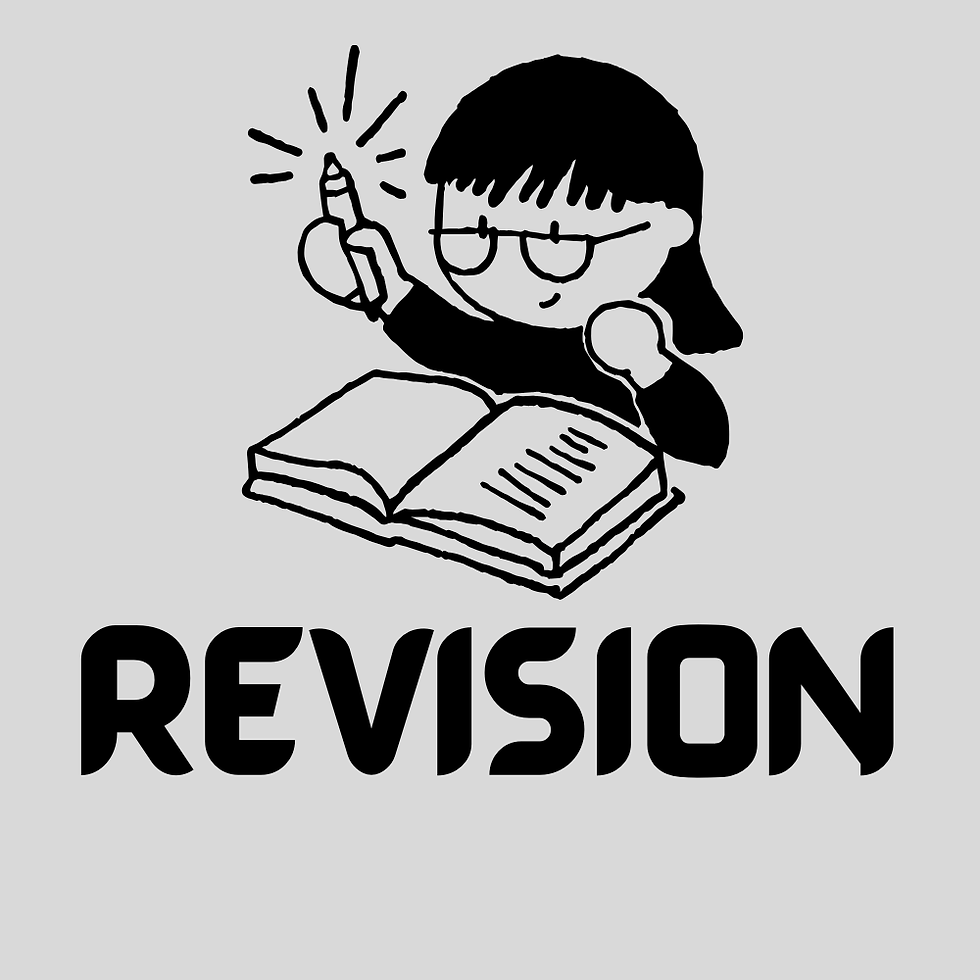5 Things to Keep in Mind When Planning Your Novel
- Savannah Cordova
- Sep 10, 2020
- 5 min read
Updated: Sep 12, 2022

Though Robert Burns and John Steinbeck might posit that the best-laid plans of mice and men often go awry, most writers would counter that the vast majority of novels are planned. Indeed, it’s been proven time and time again that, in order to write a great novel, one ought to begin with a concrete plan.
But what exactly should go into that plan? While every author will have their own approach to outlining, there are certain elements that everyone planning a novel should take into account. On that note, here are five of the most important things to keep in mind during this process. Taken together, they’ll hopefully result in a thorough blueprint for your writing!
1. What your keystone events will be
Let’s start with the absolute basics. In order to effectively plan a novel, you’ll need at least a bare-bones sense of the plot. This means you should start by identifying your story’s “keystone” events — the major incidents and revelations that propel your characters along.
Depending on how elaborate you want your plot to be, you may have anywhere from five to fifty of these to establish. Just make sure they span your story from beginning to end — or, more precisely, from inciting incident to climax. For example, if you were writing The Metamorphosis, your first event would probably be Gregor turning into a cockroach, and you’d end with his death through a combination of starvation and self-hatred (that Kafka, always a ray of sunshine).
At this juncture, the number of events you identify between these two points is up to you. Don’t stress over coming up with minor scenes to fill in the gaps, and don’t feel like you have to perfectly articulate every big moment, either! So long as they form a general trajectory for you to keep in mind, you should be set.
2. How your point(s) of view* will function
Point of view is one story element that many authors, understandably, don’t think much about until they’re actually writing. But it can have a huge impact on structure, and as such, should definitely be kept in mind as you’re planning your novel!
This is especially true if you’re using multiple narrators. You may think you can alternate between them with ease, but in order for different POVs to complement one another, they need to be carefully planned. You’ll have to determine which events should be relayed from which person’s perspective, how one POV can reveal things about another, where they might overlap, etc. If your narrators are chronicling different timelines (think Gone Girl), you’ll also need to ensure the “later” POV doesn’t accidentally spoil anything in the earlier one, and that the two threads are interconnected enough to maintain the reader’s interest throughout.
Even with just one POV at play, you should think deeply about your narrator as you map out your story. Contemplate the following: How do they see the world? How do they want others to see them? What might they perceive more acutely than other people? And what might they miss — or indeed, strategically leave out of their narration?
The answers to these questions will inevitably impact how your novel unfolds, so it’s crucial to think about them now, rather than in the midst of writing. You may even find that these thought exercises give you ideas for new subplots and twists to incorporate, resulting in a more inventive and satisfying narrative arc!
*A note on POV vs perspective: point of view is the narrative style (first, second, third, or fourth person) where perspective is the owner of the thoughts and feelings presented. This blog writer has confused these terms and used the incorrect "POV" instead of the correct "perspective". —Theresa
3. Where to weave in character development
Speaking of character-based thought exercises, another element to consider when outlining your novel is character development. This can easily fall to the wayside during the planning stages, as many writers tend to feel (whether consciously or subconsciously) that character development is secondary to plot.
But as all avid readers know, characters are the lifeblood of great stories, so don’t disregard their nuances when plotting your novel! Return to your keystone events and think about the role each character will play in these scenes: what their motivations are, the ways their personalities might subtly manifest, and how they’ll interact with one another.
Moreover, think about where you can sprinkle in character development even when it has little to do with the plot. I personally find character-driven scenes to be some of the most enjoyable to outline and write, so you might want to save this part for when you need a break from more rigorous plotting.
It can be especially illuminating (and fun!) to flesh out the little details of your characters by asking them random questions and filling out character profiles. That said, if delving into this level of minutiae overwhelms you, feel free to leave this for later in the process.
4. Which questions you want to answer — and which you don’t
Zooming out a bit, let’s talk about the big questions your novel will pose to readers. Some of these will be straightforward and essential to the plot, questions like: Will the hero defeat the villain? Will the main couple get together in the end? Will anyone die? (If you’re hoping to write a truly epic tale, perhaps all of these apply.) You’ll want to answer all these big questions by the final page — the more momentous the answer, the longer you can afford to build up to it.
In the meantime, you’ll want to pose smaller, more specific questions, little parcels of intrigue like: Why doesn’t Character A like Character B? What happened in the protagonist’s childhood to make them so claustrophobic? Where does that mysterious passageway lead? These should be answered more quickly than the big questions, sating readers’ curiosity in small doses so they don’t get frustrated with your story.
Finally, there are the major thematic questions of your work, which only you can decide whether to address in totally unambiguous terms. Questions like: Are human beings inherently good or inherently bad? Is free will real or just an illusion? What is the meaning of all of this?
Again, you don’t have to decide on all of these questions now if it feels too daunting, but it’s useful to at least start thinking about them. That way, you can let them marinate before you decide to answer them in your text… or not. Some questions you may want to leave open-ended — especially if this fifth and final factor is relevant to you.
5. Whether there will be a sequel
Your novel’s events, character development, important questions, and just about everything else will naturally be influenced by whether you intend to write a sequel. If so, you can leave some questions unanswered, some characters less developed, and even some events incomplete — it’s not an uncommon practice, especially when writing a duology, to end on a cliffhanger.
But this particular consideration doesn’t just pertain to where your first book will end up; it’s also about building the foundation for your next book. You don’t need to know exactly what will happen in your sequel (you’re still planning this one, after all!), but you should at least introduce its main characters and themes in the first installment.
And if you can come up with a compelling multi-book arc — one that may even extend throughout an entire series — all the better! For help with this, think about some series that you love and how they manage to gratify readers with each installment’s individual story, even as they cultivate continued interest in the overall series arc.
Again, the precise technique you use to outline your novel may be completely different from another author, but so long as you keep these five things in mind, it doesn’t matter whether you go beat sheet, snowflake method, or pure freewriting; you’ll have everything you need to create a fantastic story. Go forth, outline, and be great!
About the author: Savannah Cordova is a writer with Reedsy, a marketplace that connects self-publishing authors with the world’s best editors, designers, and marketers. In her spare time, Savannah enjoys reading contemporary fiction and writing short stories (as well as the occasional novel, though none have yet seen the light of day).
.png)



Comments